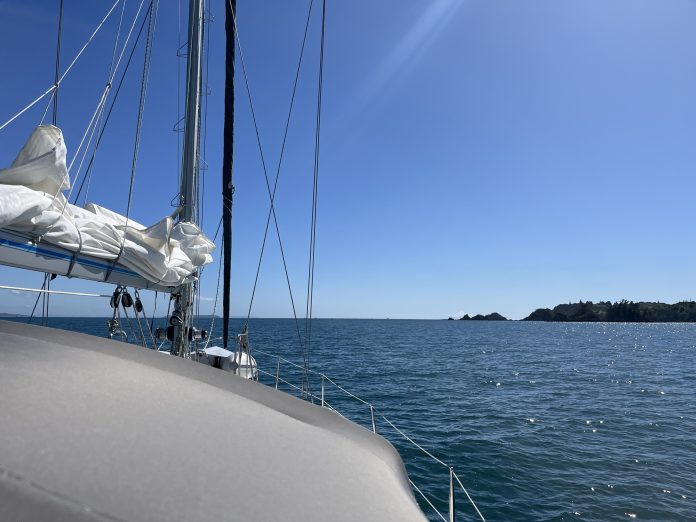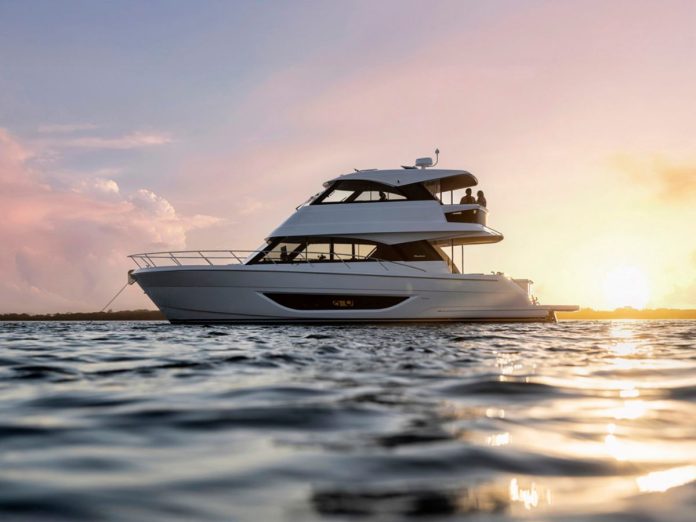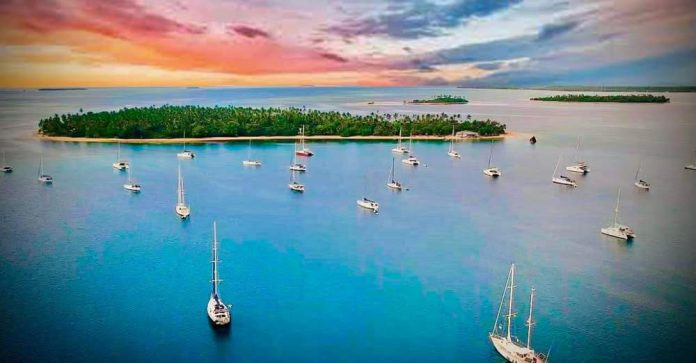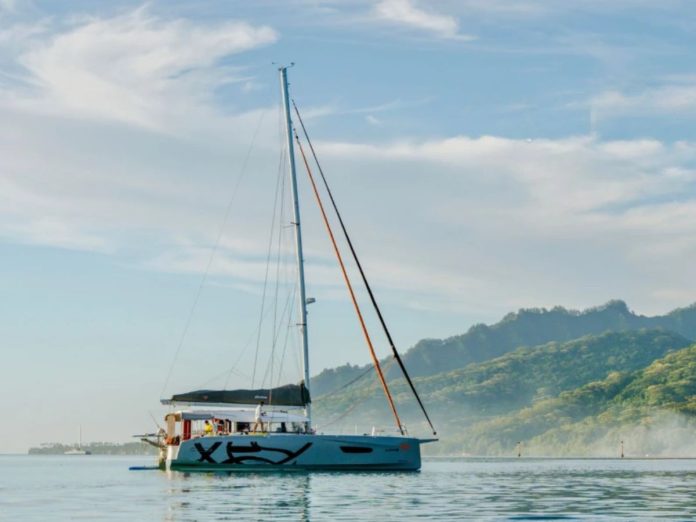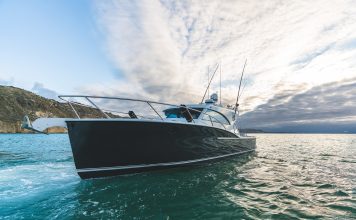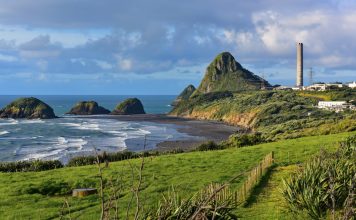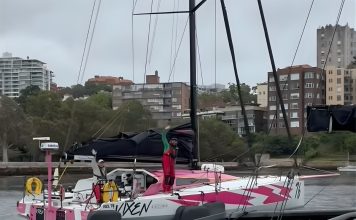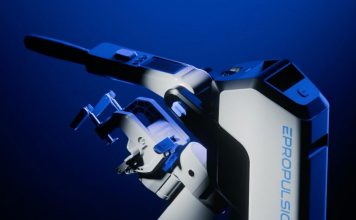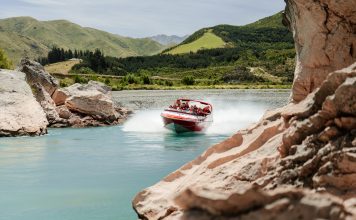CHECK OUT FURTHER DETAILS AT WORLD CRUISING
The halfway point
To make landfall in Australia is to pause on a natural dividing line — a place where ocean dreams meet hard-won miles. For the rally crews, Mackay is the realisation that they’ve crossed the planet’s widest ocean and joined the company of those who can say they have sailed the Pacific. It’s a moment of satisfaction, but also a reminder that half the world still waits.
The journey so far has been immense: Saint Lucia’s festival send-off, the thrill of the Panama Canal, the Galápagos with its fearless wildlife, the endless horizon of the Pacific, and the volcanic peaks of French Polynesia. These aren’t simply passages on a chart — they are lived experiences, shared between crews who now know each other in a way only ocean miles allow.
Crews report on beginnings and bonds
It all began in January, as spinnakers and gennakers blossomed in the trades off Saint Lucia. The first leg to Colombia tested nerves and gear, but quickly showed that camaraderie counted as much as competition. Crew reports of mechanical problems, heavy rain, and confused seas gave way to laughter ashore and the realisation that this is a marathon, not a sprint.
The Panama Canal was the first great gateway. To pass through its locks alongside cargo ships, to raft up with friends, to feel the gates open and see the Pacific stretching out — these are memories etched into every crew’s logbook. From there, the voyage stepped into new worlds: the coconut-rich San Blas Islands, the bustle of Panama City, and the still-remarkable thrill of entering the Pacific by sail.
Across the great Pacific
Like many sailors, Galápagos was a dream destination for the ARC crews. Stepping ashore to find sea lions sprawled across jetties, giant tortoises in misty highlands, or hammerhead sharks gliding past divers was unforgettable. The islands also demanded discipline — strict inspections, rules on food and hull cleanliness — but most sailors agreed the privilege was worth the bureaucracy.
And then came the big one: the 3,000-nautical mile run to the Marquesas. Weeks at sea, flying fish on deck, sunsets that turned the ocean to fire, and the Southern Cross guiding the way. Some caught tuna, others battled broken gear or empty freezers, but all felt the strange rhythm of ocean passage where time becomes measured not by clocks, but by watches, meals, and stars.
Landfall in Hiva Oa was pure joy. After nearly three weeks at sea, to see lush volcanic peaks appear from haze was like watching a dream solidify. Cold Hinanos, steak, and the laughter of friends ashore reminded everyone what it means to arrive by sea.
Isles of fire and coral
The Marquesas gave way to the turquoise lagoons of the Tuamotus and the reef-fringed peaks of the Society Islands. Each stop added its own story: drift-snorkelling among coral gardens, watching manta rays soar beneath, sharing feasts cooked in fire pits, and feeling the warmth of island welcomes.
From Bora Bora the rally scattered west, calling at Niue, Tonga, Fiji and Vanuatu — stepping stones across the Pacific. Rain-soaked climbs, wreck dives, kava ceremonies, and dolphin pods became part of the collective memory. And then came the final push across the Coral Sea to Australia.
The road ahead
From here the rally’s rhythm changes again. The bows now turn towards the Indian Ocean. Lombok, Christmas Island, and the Cocos Keeling will test seamanship in remote anchorages. Mauritius and Réunion promise volcanic landscapes before the long run to Richards Bay, South Africa — landfall on a new continent.
In January the fleet will turn into the South Atlantic: Namibia, St Helena, Brazil. By March the trades will once again fill the sails, carrying crews back into the Caribbean. And in April, after 14 months, they will return to Saint Lucia for a parade of sail and the final prize-giving.
More than miles
To call World ARC 2025 a 26,000-mile rally is to miss the truth. It is days of rolling ocean and nights under stars. It is beach barbecues where coconuts are currency, and serious seamanship when squalls demand caution. It is laughter, fatigue, discovery, and the deep sense of scale that only a circumnavigation gives.
As the fleet gathers breath in Australia — in marinas filled with salt-stained boats and sun-browned crews — there’s a sense of both completion and anticipation. Half the world lies astern, but the other half still waits, from the Indian Ocean’s spice-scented islands to the storm-tossed capes of Africa and the long blue run back across the Atlantic.
For those who dream of following, the story is already beginning again. Another fleet, another circle of the globe, another chance to measure life in miles and memories. The 2027–28 edition of World ARC is now open for registration, with options to set sail in January 2027 from Saint Lucia or in September 2027 from Darwin. Crews will again circle the globe on the trade-wind route, returning to Saint Lucia in April 2028 after 26,000 miles of discovery.
CHECK OUT FURTHER DETAILS AT WORLD CRUISING








